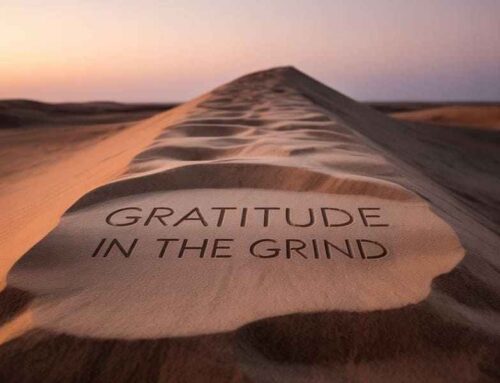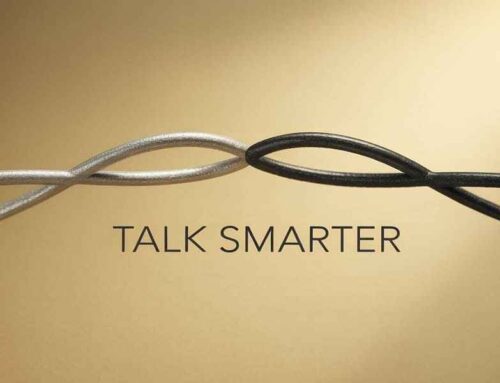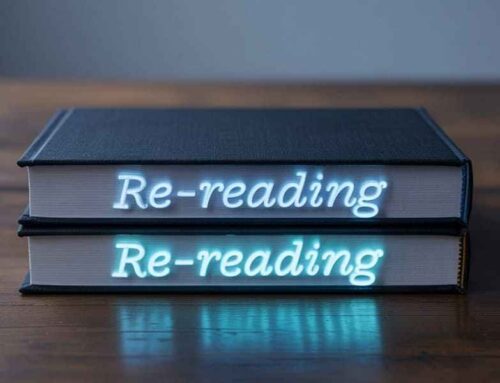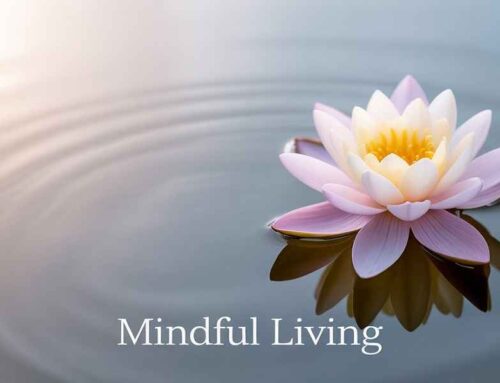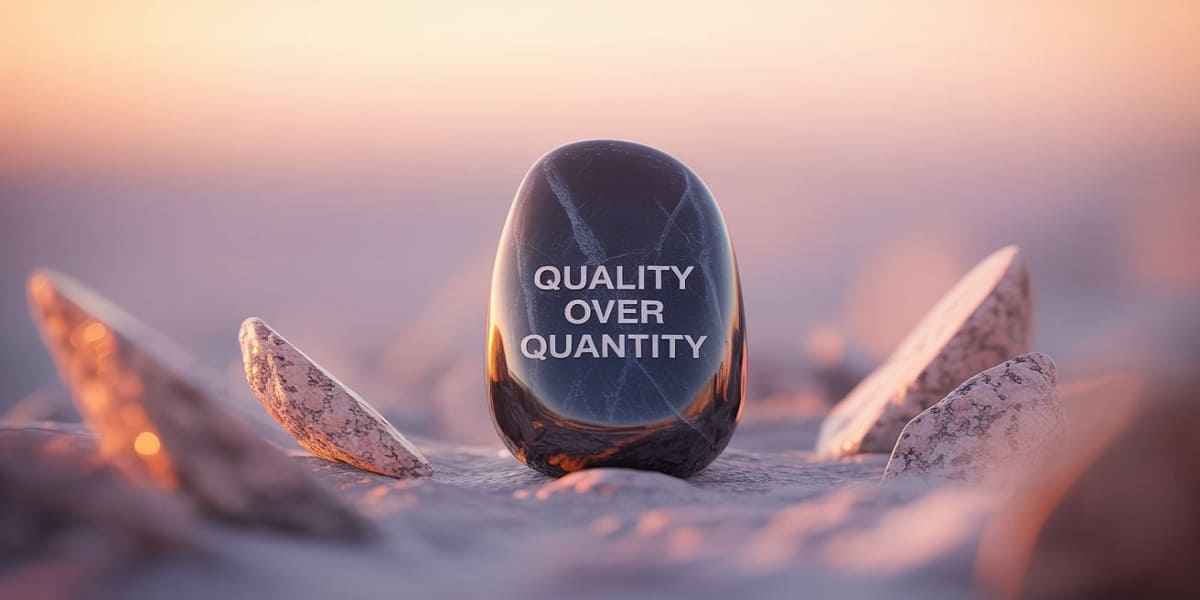
Quality Over Quantity: How do you prioritize what truly matters?
You know the feeling. The overflowing inbox. The jam-packed schedule. The closet bursting with clothes you never wear. The endless scroll. The constant pressure to do more, have more, be more. It’s exhausting, isn’t it?
It drains your energy. Blurs your focus. Leaves you feeling stretched thin, unfulfilled. Sound familiar? What if the relentless chase for quantity is the very thing stealing your joy, your time, your peace? What if shifting to a quality over quantity mindset is the key to unlocking what truly matters?
Why does this matter now? Because we live in an age of unprecedented abundance. Information. Possessions. Options. Distractions. It’s too much. Our brains aren’t wired for this constant flood. We default to collecting, accumulating, reacting. We mistake busyness for productivity. We confuse having many options with having good ones. We sacrifice depth for breadth. And we pay the price in stress, dissatisfaction and missed meaning.
So, how do we break free? How do we prioritize quality? It starts with a conscious choice. A decision to value excellence, meaning and impact over sheer volume. It’s about filtering the noise. Focusing your finite resources – time, energy, attention, money – on what genuinely resonates. On what moves the needle. On what fills your cup.
Forget Doing It All. Master the Art of Focused Excellence
Step 1: Ruthlessly Define What “Quality” Means to YOU
- Ask: What truly matters in my life right now? (Not what society says, not what you think should matter. What actually lights you up or is non-negotiable?) Health? Deep relationships? Meaningful work? Creative expression? Financial security? Personal growth? Peace?
- Ask: What does “Quality” look like in each of these areas? Is a quality relationship one with deep trust and vulnerability? Is quality work impactful and aligned with your values? Is quality time uninterrupted and present?
- Key: Quality is subjective. Your definition is your compass. Write it down. Be specific. Clarity is power.
Step 2: Audit Ruthlessly – The Brutal Honesty Phase
Look at every area flooding you with quantity:
- Physical Stuff: Your home, your closet, your garage. Does each item serve a purpose or bring you genuine joy (The KonMari Test)? Or is it just… there? Taking up space? Physically and mentally? More stuff equals more maintenance, more decisions, more visual noise. Less quality of space and peace.
- Commitments & Time: Your calendar. List every recurring meeting, social obligation, volunteer role, side project. Does each one align with your definition of quality? Does it energize you or drain you? Is it essential? Or is it just filling time, saying “Yes” out of obligation or fear of missing out (FOMO)? More commitments mean fractured attention, less energy for what matters.
- Information & Media: Your news feeds, subscriptions, podcasts, books-to-read list. Is the content truly enriching, educational or uplifting? Or is it mindless scrolling, outrage fuel or superficial noise? Consuming low-quality information clutters your mind and shapes your worldview.
- Relationships: Your social circle, online connections. Do your interactions feel deep, supportive, reciprocal? Or are they superficial, draining or one-sided? More connections don’t equal better connections. Quality relationships nourish your soul.
- Work & Projects: Are you focused on high-impact tasks that leverage your strengths? Or buried under busywork and low-value demands? Spreading yourself thin guarantees mediocrity. Focus breeds excellence.
Step 3: Implement Powerful Filters – Your “Quality” Guardians
This is where the rubber meets the road. You need systems to enforce quality over quantity:
- The Essentialist Question (Thanks, Greg McKeown): “Is this the very most important thing I could be doing with my time and resources right now?” If it’s not a clear “Hell Yes!”, it’s a “No.” Practice saying “No” gracefully but firmly. Protect your quality time and energy fiercely.
- Warren Buffett’s 5/25 Rule: List 25 career (Or life) goals. Circle the top 5 most important. The other 20? Become your “Avoid-At-All-Costs” list until the top 5 are mastered. Ruthless prioritization.
- The Eisenhower Matrix (Urgent/Important): Categorize tasks:
- Urgent & Important: Do these now. (Crises, Deadlines.)
- Important, Not Urgent: Schedule these. (Planning, Relationship building, Learning, Strategic work – this is where quality thrives!).
- Urgent, Not Important: Delegate these if possible. (Many emails, Interruptions, Some meetings.)
- Not Urgent & Not Important: Eliminate these. (Mindless Scrolling, Gossip, Busywork.)
Focus relentlessly on Quadrant 2 (Important, Not Urgent) – the home of proactive quality.
- The “One Thing” Focus (Gary Keller): “What’s the ONE Thing I can do such that by doing it, everything else will be easier or unnecessary?” Start your day with this. Focus deeply on that one high-leverage task before the quantity floodgates open.
- The “Enough” Threshold: Define what “Enough” looks like for possessions, income, information consumption. This isn’t settling; it’s declaring freedom from the endless chase for more. It creates space for quality experiences and peace.
- Intentional Consumption: Curate your inputs. Unsubscribe ruthlessly. Follow only accounts that truly add value. Choose books deliberately. Be mindful of news intake. Prioritize depth. Ask: “Will this significantly improve my life or understanding?” before consuming. Less input, higher quality, clearer thinking.
- The Relationship Litmus Test: Invest deeply in relationships that are reciprocal, supportive and energizing. Gently distance yourself from consistently draining or toxic interactions. It’s not about the number of friends; it’s about the depth and quality of connection. Nurture your inner circle.
- Embrace “Slow” and Deep Work: Quality thinking, creating and relating takes uninterrupted time. Schedule deep work blocks. Have phone-free meals and conversations. Practice single-tasking. Resist the tyranny of multitasking – it fractures attention and guarantees lower quality output.
Why Does This Shift Feel So Hard? (And How to Push Through)
- FOMO is Real: We fear missing out on opportunities, connections, experiences. But saying yes to everything means saying a diluted yes to the truly important things. Remember: Missing out on everything because you’re overwhelmed is worse than strategically missing out on a few things. Quality experiences beat a blur of mediocre ones.
- We Confuse Busyness with Worth: Our culture often equates being busy with being important or productive. Untangle your self-worth from your busyness. Your value comes from the impact and quality of your contributions, not the sheer quantity.
- Decision Fatigue: Filtering for quality requires constant micro-decisions. Simplify elsewhere. Create routines for low-stakes decisions (like meals or outfits). Preserve mental energy for the important choices.
- It Feels Selfish: Saying no, prioritizing yourself, focusing deeply – it can feel indulgent. Reframe it. Choosing quality allows you to show up better – more present, more energized, more capable – for the people and projects that truly matter. It’s sustainable excellence.
The Tangible Rewards of Choosing Quality Over Quantity
This isn’t just theory. The payoff is profound.
- Deeper Satisfaction & Fulfillment: Engaging deeply with fewer things brings richer experiences and greater meaning. You appreciate what you have. You savor moments.
- Reduced Stress & Overwhelm: Less clutter (Physical and Mental). Fewer commitments hanging over you. A clearer mind. A sense of control. Peace.
- Enhanced Focus & Productivity: Concentrating your energy leads to higher quality output, faster completion of meaningful work and true accomplishment. Less distraction, more mastery.
- Stronger Relationships: Investing focused time and genuine attention builds deeper bonds and trust. Quality interactions trump frequent, superficial ones.
- Improved Well-being: Less decision fatigue, more time for health, reduced exposure to negativity – choosing quality supports mental and physical health.
- Greater Impact: When you focus your efforts on high-leverage activities and do them exceptionally well, your influence grows. Excellence gets noticed. Quality work creates lasting value.
- Financial Savvy: Buying fewer, but better-made, longer-lasting items often saves money long-term. Investing in quality experiences over accumulating stuff brings more happiness per dollar spent.
Wisdom from Those Who Knew: Quotes to Anchor You
- Bruce Lee: “It is not daily increase but daily decrease; hack away the unessential.” Quality comes from subtraction.
- Seneca: “It is not that we have a short time to live, but that we waste a lot of it.” Prioritize quality moments.
- Steve Jobs: “People think focus means saying yes to the thing you’ve got to focus on. But that’s not what it means at all. It means saying no to the hundred other good ideas that there are.” Focus enables quality.
- Marie Kondo: “The question of what you want to own is actually the question of how you want to live your life.” Possessions reflect priorities – choose quality.
- Antoine de Saint-Exupéry: “Perfection is achieved, not when there is nothing more to add, but when there is nothing left to take away.” True quality is essence.
- John Ruskin: “Quality is never an accident; it is always the result of intelligent effort.” Quality demands conscious choice.
Making It Stick: It’s a Practice, Not Perfection
Shifting to a quality over quantity life isn’t a one-time decluttering spree. It’s an ongoing practice. A mindset. A series of daily choices.
- Start Small: Pick one area (Your email inbox, One cupboard, Your evening routine). Apply one filter. See how it feels.
- Regular Check-ins: Schedule weekly or monthly reviews. Audit your time, commitments, possessions. Are they still aligned with your quality goals? Prune relentlessly.
- Celebrate the Wins: Notice the reduced stress. Savor the focused conversation. Enjoy the clear space. Acknowledge the high-quality work completed. Reinforcement is key.
- Be Kind to Yourself: You’ll slip back into old habits. The quantity culture is pervasive. Notice it without judgment. Gently redirect. Remember your “Why.”
The Choice is Yours, Every Single Day
The world will always push more at you. More stuff. More information. More demands. More noise. But you hold the power to choose differently. You can choose depth over breadth. Meaning over busyness. Excellence over excess. You can choose connection over collection. You can choose presence over pressure.
Choosing quality over quantity isn’t about deprivation. It’s about liberation. It’s about clearing away the clutter – physical, digital, mental and temporal – to make space for what truly enriches your life. It’s about living intentionally, not reactively. It’s about investing your irreplaceable resources where they yield the highest returns in joy, peace and impact.
So, what’s ONE area of your life right now where choosing quality over quantity would make the biggest difference? Is it your time? Your relationships? Your workspace? Your consumption habits?
Pick that one thing. Today. Right now. Take one small, deliberate step towards prioritizing quality. Declutter one drawer. Decline one non-essential meeting. Have one phone-free, fully present conversation. Block one hour for deep work. Buy one truly well-made item instead of three cheap ones.
Start filtering. Start focusing. Start choosing what truly matters. Your future self – calmer, clearer, more fulfilled – will thank you profoundly. Choose quality over quantity. It’s the path to a richer, more meaningful life. Go make that choice. Now.
FAQs
Q1: Isn’t focusing on quality just a luxury for people with lots of resources?
A1: Not at all. Choosing quality over quantity is especially powerful when resources are limited. It forces intentionality:
- Time/Energy: Saying “No” to low-value tasks frees up focus for high-impact actions.
- Money: Buying one durable item saves money long-term vs. replacing many cheap ones.
- Focus: Prioritizing essential tasks reduces overwhelm, making you more effective regardless of resources.
Q2: How do I apply this to boring but necessary tasks (Like Admin Work)?
A2: Use ruthless prioritization:
- Audit: Is this task truly necessary? Can it be automated, delegated or eliminated?
- Contain: Batch similar low-quality tasks into short, focused bursts.
- Minimize: Use the “Enough” threshold. Do just enough to meet the standard efficiently, freeing time for high-quality work.
Q3: What if saying “No” hurts relationships or career opportunities?
A3: Frame it strategically:
- Relationships: Explain your focus on “Quality Time” and schedule dedicated, present interactions. Most value depth over frequency.
- Career: Politely decline low-impact requests: “I’m focused on delivering X by Y deadline right now. Can we revisit this next quarter?” This signals you prioritize quality results. True opportunities align with your core goals.
Q4: How do I deal with FOMO (Fear Of Missing Out)?
A4: Reframe the cost:
- Remember: Saying yes to everything means diluted effort and guaranteed burnout.
- Ask: “Will missing this specific thing truly damage my core priorities or happiness in 6 months?” Usually, the answer is no.
- Choose: Actively select high-quality experiences aligned with your values over chasing every option. Depth defeats FOMO.
Q5: I feel guilty getting rid of things I might “Need Someday.” Help?
A5: Apply the KonMari test rigorously:
- Ask: Does this item serve a current purpose or spark genuine joy? If not, thank it and let it go.
- Realize: The mental clutter cost of keeping “Maybe” items outweighs the rare inconvenience of replacing one.
- Start small: Donate unused clothes or clear one drawer. The liberation fuels further action.
Q6: How do I find time for “Deep Work” in a chaotic schedule?
A6: Protect it fiercely:
- Schedule it: Block non-negotiable time on your calendar first, treating it like a critical meeting.
- Eliminate distractions: Turn off notifications, close tabs, find a quiet space.
- Start small: Even 60-90 minutes of focused, high-quality work yields more than scattered hours. Use the “One Thing” focus.
Q7: Can quality over quantity improve my relationships?
A7: Absolutely. It transforms them:
- Audit: Invest deeply in reciprocal, supportive connections. Gently minimize draining interactions.
- Presence: Prioritize phone-free, uninterrupted time for genuine conversation (Quality Time).
- Depth: Fewer, more meaningful interactions build stronger bonds than constant superficial contact.

